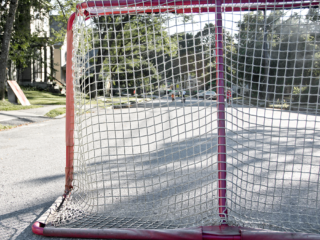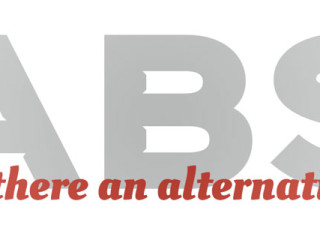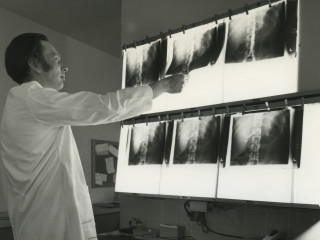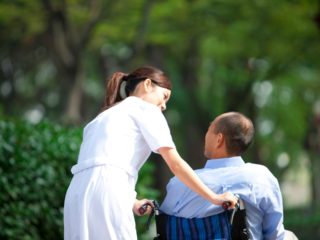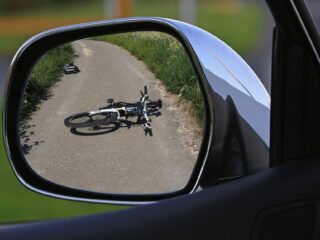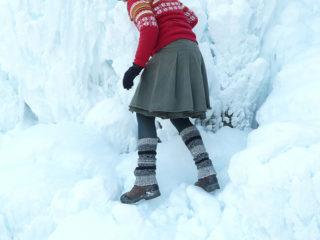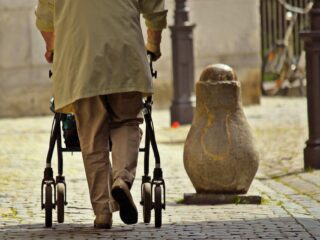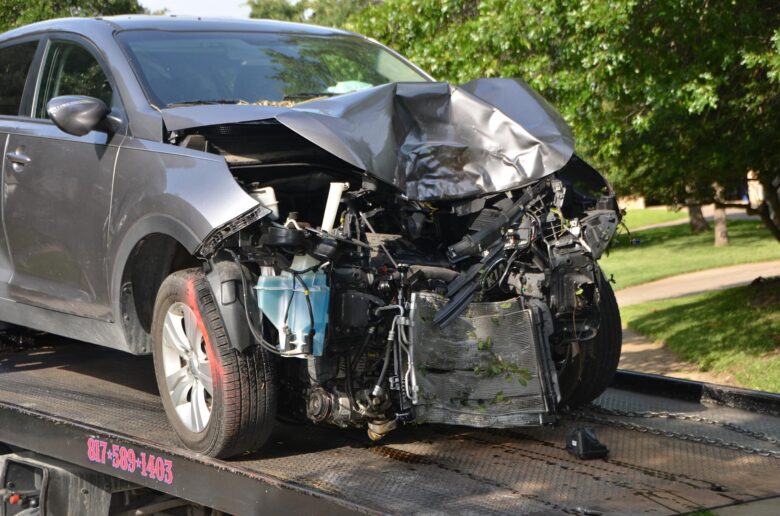Guest Author: Michael Rattray, OTLA Member
A decision has been released by the Licence Appeal Tribunal, further narrowing the definition of an accident, pursuant to s. 3(1) of the Statutory Accident Benefits Schedule (“SABS”), within the context of an applicant slipping and falling while exiting their vehicle. Here, the Adjudicator determined that the applicant did not sustain an injury resulting from an “accident” and therefore could not receive Statutory Accident Benefits.
After exiting her vehicle, the Appellant, Alexanderina Racey, slipped and fell on an icy driveway. At the time of the fall, she was in the process of walking along the driveway to the rear passenger door. The Applicant had turned off her vehicle before exiting it, but the keys remained in its ignition. At her Examination Under Oath, the Applicant advised that she did not strike any part of the vehicle when she fell, and during the hearing of this matter, the Applicant indicated that she was holding onto the side of her vehicle directly before her fall.
The Adjudicator applied the two-part test established by the Ontario Court of Appeal in reaching their conclusion that the applicant did not sustain an injury resulting from an “accident” and therefore could not receive Statutory Accident Benefits (Chisholm v. Liberty Mutual Group, 2002 CanLII 45020 (ON CA)):
- Purpose test: did the incident arise out of the use or operation of an automobile, and
- Causation test: did the use or operation of an automobile directly cause the impairment.
Once the purpose and causation tests are met, the analysis then shifts to determining whether in the particular circumstances there is an “intervening act” that resulted in the injuries which would not be part of the “ordinary course of things” – in short, whether the use or operation of the vehicle directly caused the injuries.
Both the Appellant and the Respondent, The Co-operators General Insurance Company, agreed that the purpose test is satisfied in the circumstances. The analysis then shifted to whether the causation test was met: specifically, whether (1) the incident would have occurred “but for” the operation or use of the vehicle, (2) whether there was an intervening act which occurred and is outside the normal operation or use of the vehicle and (3) whether the operation or use of the vehicle was the dominant feature (Chisholm v. Liberty Mutual Group, 2002 CanLII 45020 (ON CA)).
The Applicant asserted that her injuries were directly caused by the use or operation of her vehicle and that there was no break in the chain of causation – that she was still using her vehicle when the fall occurred and the action of getting a child out of a vehicle does not qualify as an intervening act. The Respondent maintained its position that the dominant cause of the Applicant’s injuries was the icy driveway, rather than the use or operation of her vehicle, and therefore that the incident was not an “accident”.
Adjudicator Farlam agreed with the Applicant’s position that the incident would not have taken place, “but for” the use or operation of the vehicle. However, Adjudicator Farlam also set out that the “but for” test does not establish legal causation, which must be established for the Applicant to be legally entitled to accident benefits. Here, Adjudicator Farlam agreed with the Respondent that the ice on the ground, and resulting slip and fall, resulted in the Applicant’s injuries rather than the use or operation of her vehicle. Further, the ice on the ground constituted an intervening event that broke the causal chain of events (Chisholm v. Liberty Mutual Group, 2002 CanLII 45020 (ON CA)).
This decision serves as a reminder that while an Applicant’s injuries may appear intrinsically related to the use and operation of a vehicle, establishing legal causation requires a significantly closer nexus to using one’s vehicle than parking on an icy driveway. Ultimately, the Licence Appeal Tribunal has been narrowing the definition of “accident” within s. 3(1) of the Schedule, and Applicants and their representatives alike should be aware of this shift when applying for Accident Benefits.
